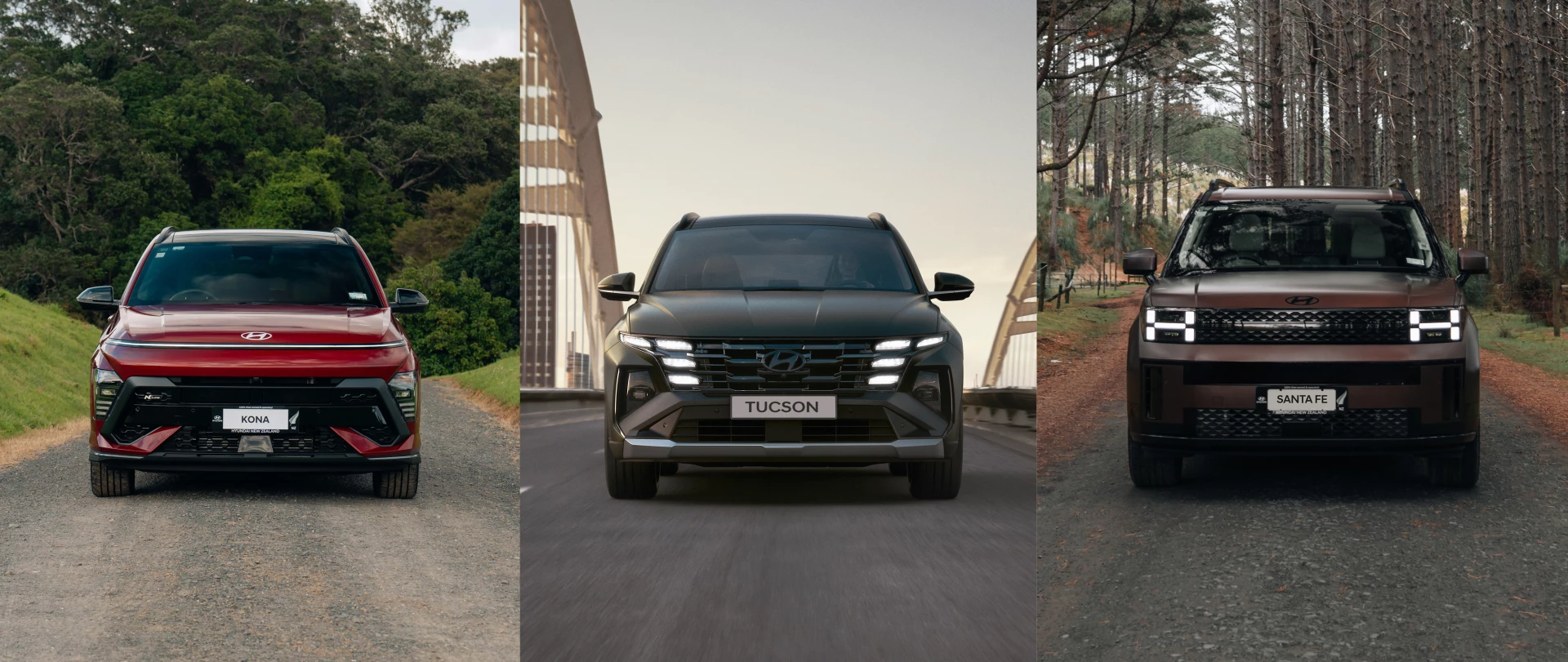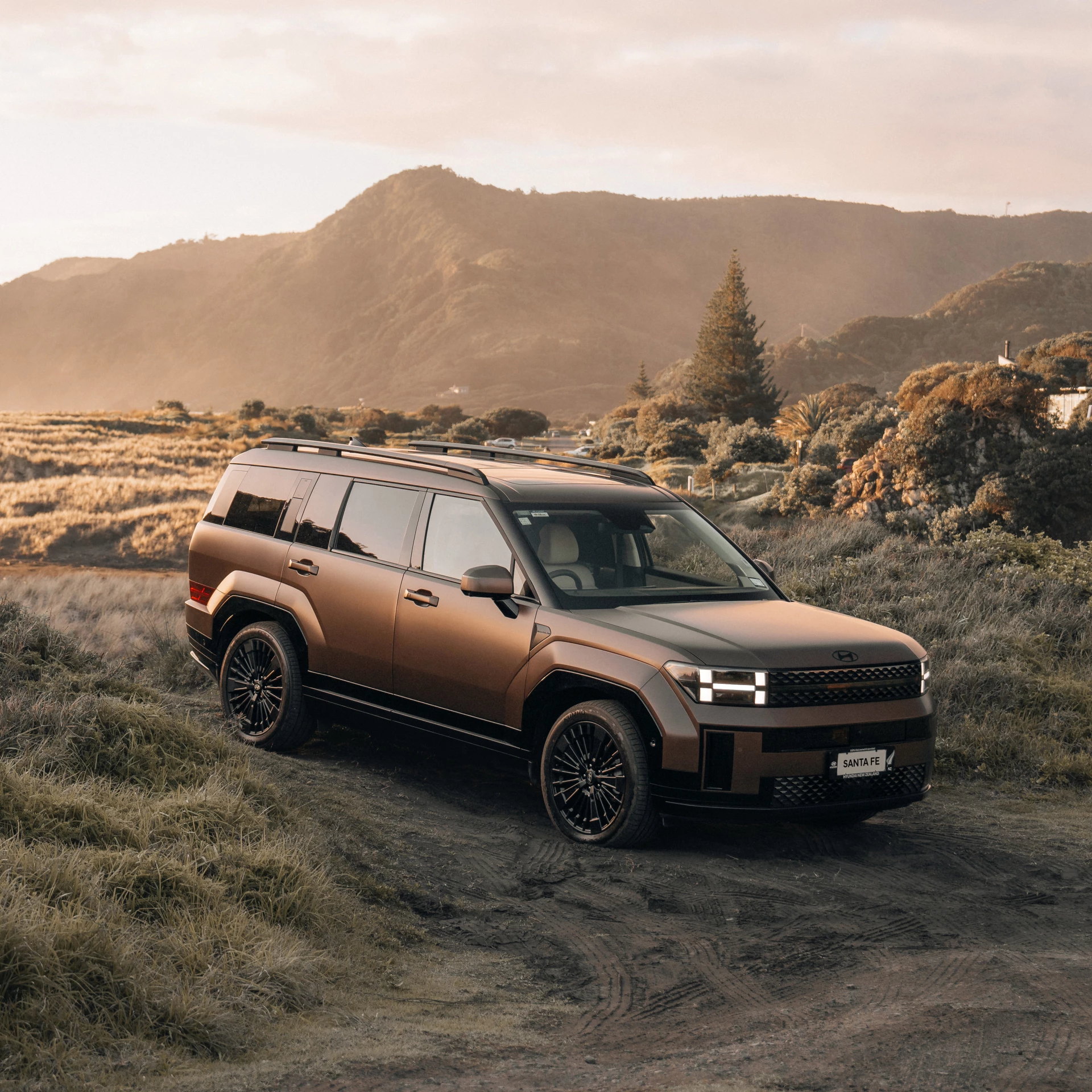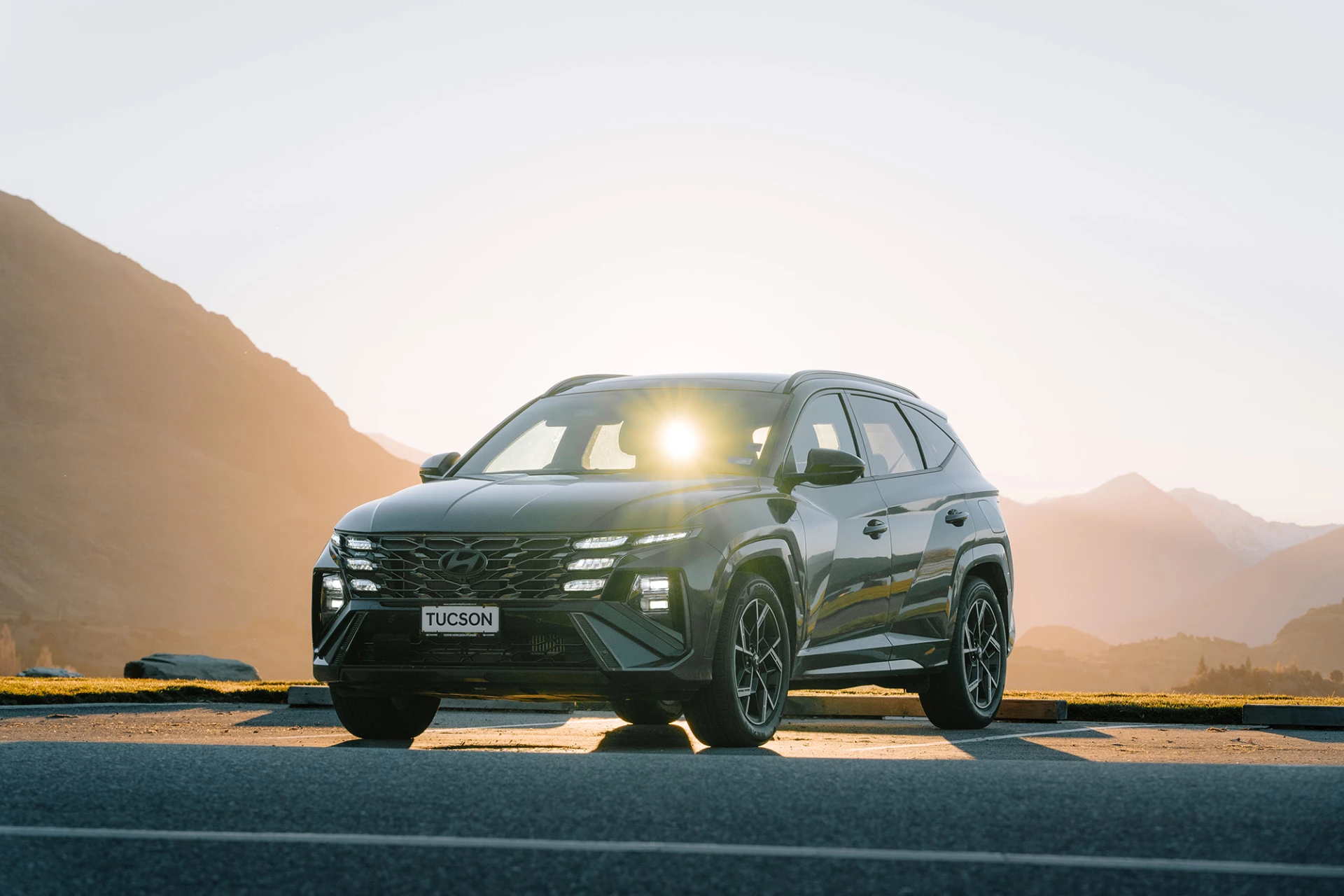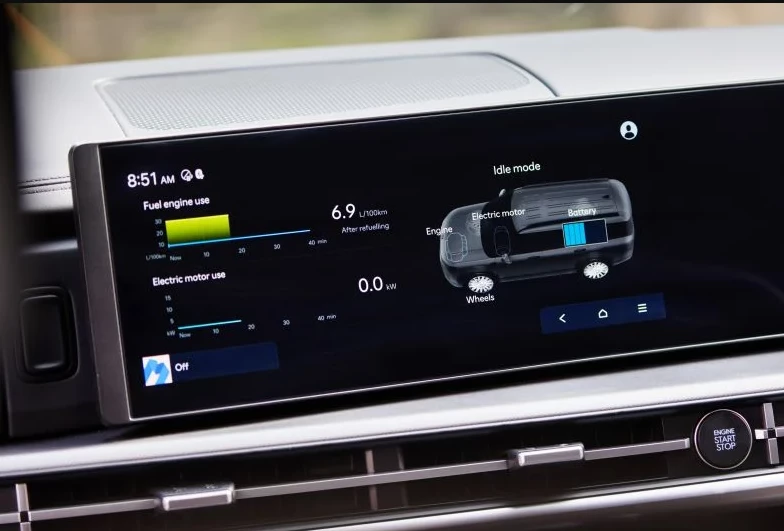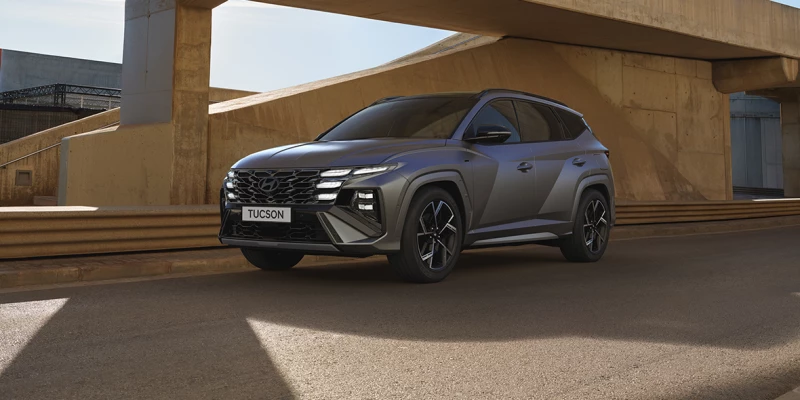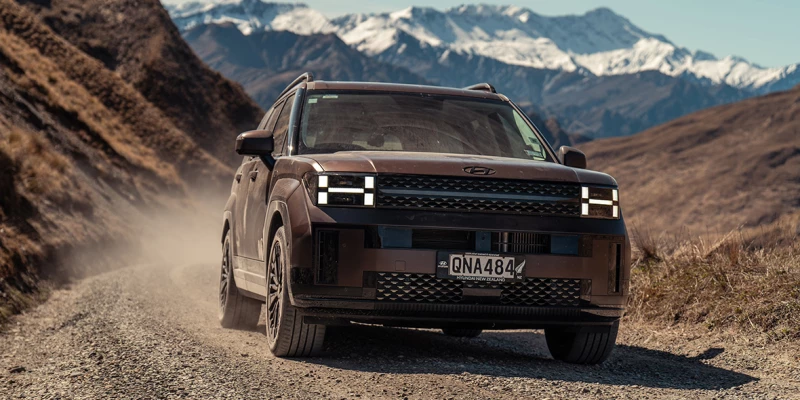Share
A hybrid for all occasions.
The Hyundai Hybrid range gives you electric when you want it, and petrol power when you need it.
Plus enjoy even more peace of mind with best-in-class advanced driver-assistance systems and an active safety package with a range of innovative tech features.
Enjoy your favourite Hyundai SUVs in hybrid. Simply Undeniable Value is what a Hyundai SUV stands for.
Enquire now
Using both electric and petrol motors, hybrid cars get you further on your fuel.
Hybrids enjoy similar performance to a standard petrol vehicle, with much lower petrol consumption. There’s no need to plug a hybrid in, as regenerative braking and the internal combustion engine keep the battery charged while you drive.
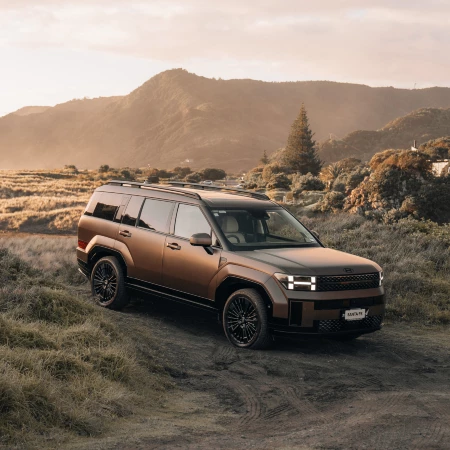
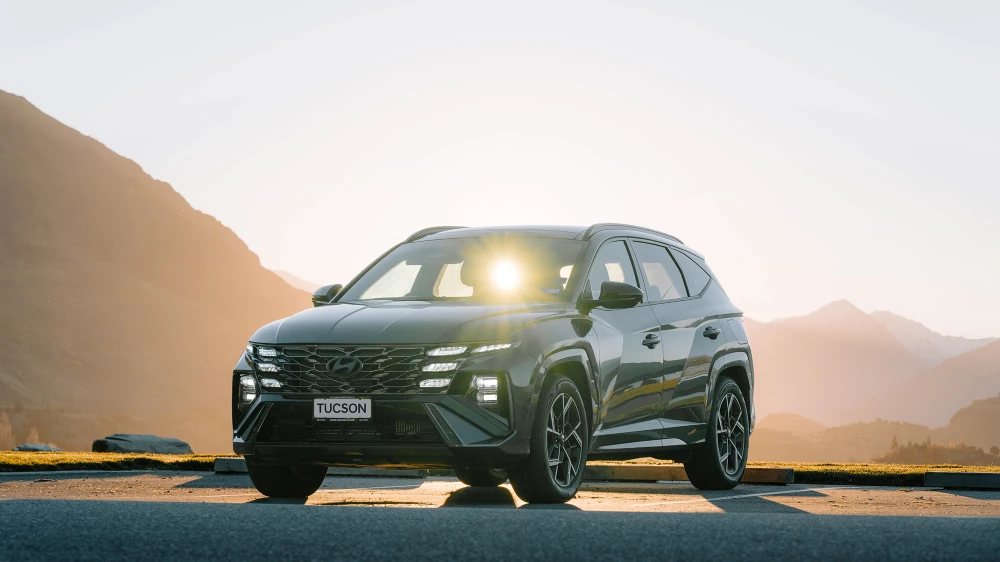

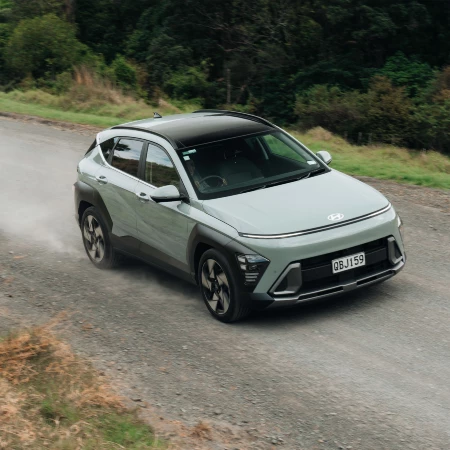
Hybrid Vehicle FAQs
It is recommended however, when convenient, to charge Plug-in Hybrid Electric Vehicles (PHEV) as these models utilise a larger battery and more powerful electric motor than regular hybrid models. This enables significant distances to be covered purely on battery power alone, therefore helping reduce running costs and emissions.
• A full hybrid can run on just the combustion engine (i.e. diesel/petrol), the electric engine (i.e. power from batteries), or a combination. A full hybrid is not plugged in to recharge; the battery is recharged by running the combustion engine.
• A mild hybrid has an electric motor and combustion engine which always work together. Mild hybrids cannot run in just electric or just combustion engine mode; the engines/motors always work in parallel.
• A plug-in hybrid, as the name suggests, requires plugging into the mains in order to fully recharge its battery. PHEVs can be run in just electric mode.
Choose your hybrid Hyundai
A combination of petrol engine power and electric motor efficiency gives you the best of both worlds.
